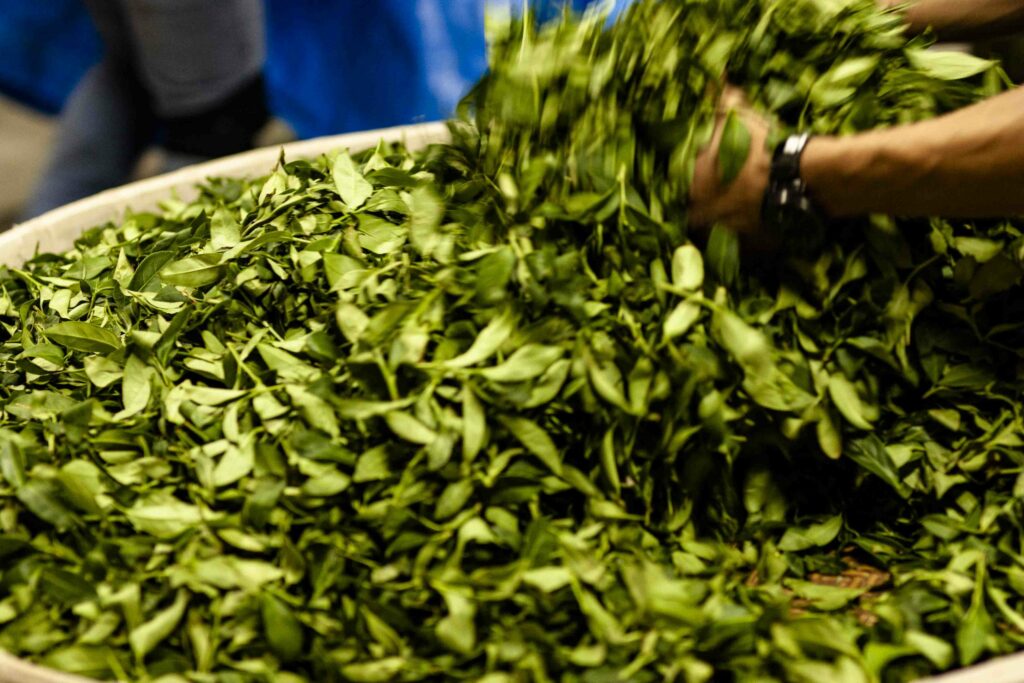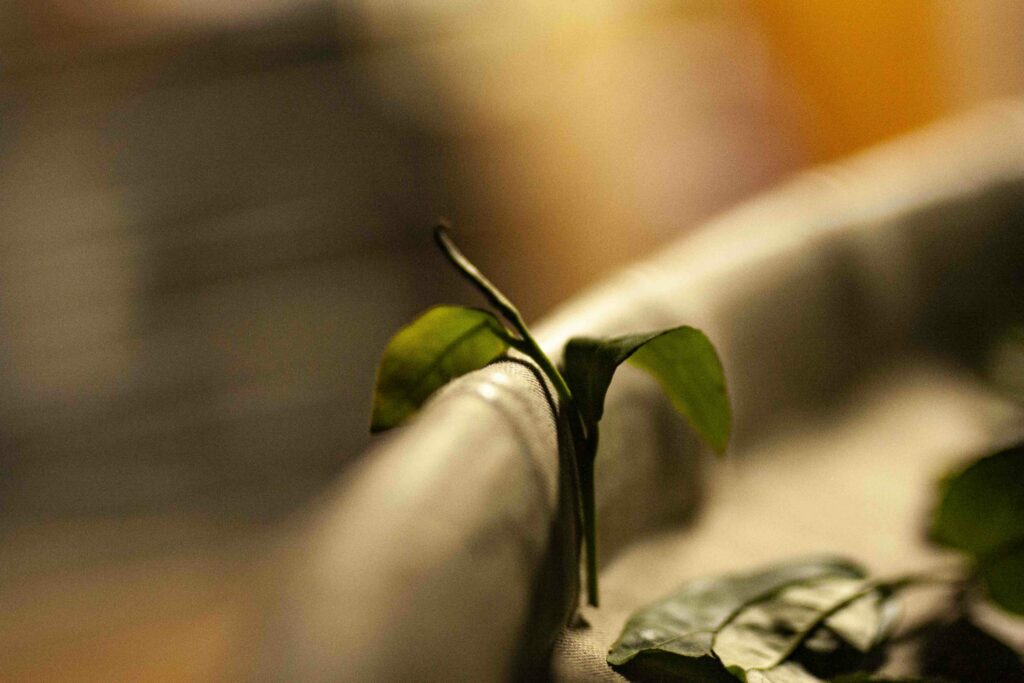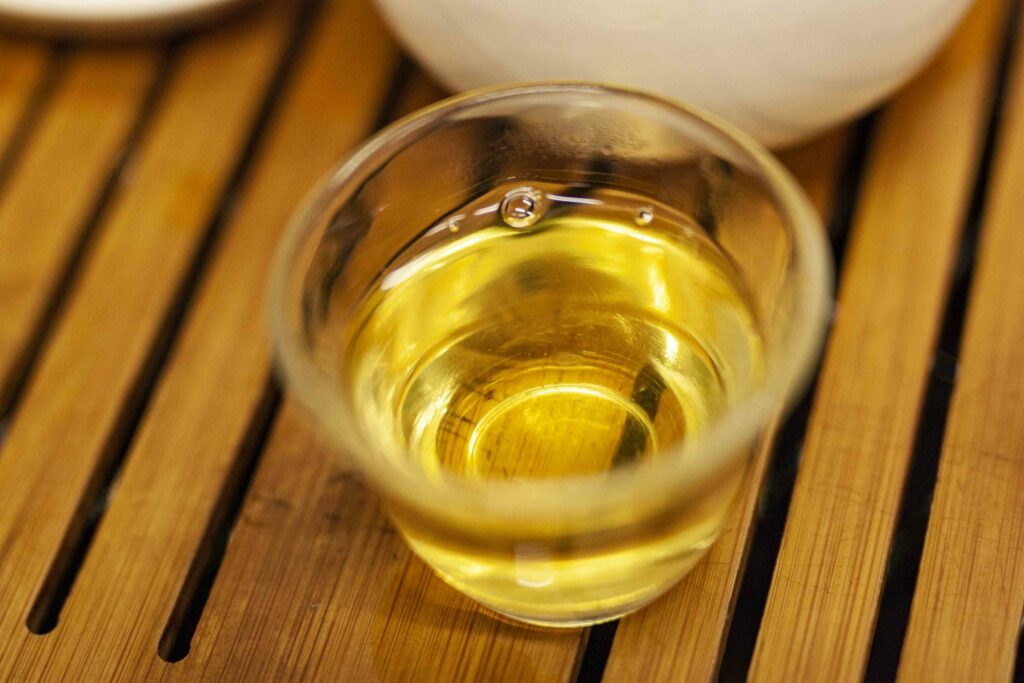Roasting purposes

Uncovering the diverse aroma of oolong tea

In addition to its neat and clean appearance of the tea type,
the tea is also believed to have a rich aroma and taste.
Out of the six main tea categories,
oolong tea is the only tea that should goes through the roasting process.

The unique and diverse aroma of oolong tea
can be created through different roasting methods.
High-quality tea not only relies on the raw material of tea,
but experience and skills needed for the roasting procedure.
Roasting can further enhance the tea aroma and taste.
Without an experience roaster,
the best tea leaves could not be baked into a tea
with rich and vibrant flavours.
A farmer’s proverb says: “There is no trick in making tea,
as long as you have good roaste skills.”
The key to improving the quality of tea is by
mastering the roasting process.
The unique and diverse aroma of oolong tea
can be created through different roasting methods.
High-quality tea not only relies on the raw material of tea,
but experience and skills needed for the roasting procedure.
Roasting can further enhance the tea aroma and taste.
Without an experience roaster,
the best tea leaves could not be baked into
a tea with rich and vibrant flavours.
A farmer’s proverb says:
“There is no trick in making tea,
as long as you have good roaste skills.”
The key to improving the quality of tea is by
mastering the roasting process.


The transition to superb quality

The newly picked tea leaves are initially processed
into raw tea or crude tea,
which needs to be refined to meet product requirements.
Raw tea contains moisture,
grassy/greenish smell and other unwanted aroma.
To improve the quality of tea,
the impure materials and old tea leaves need to be removed
to reduce their impact on the flavour of the tea liquid.
The unroasted tea carries a high turbidity,light colour,
and a dull taste and its liquid has a weak and slightly bitter taste.
The newly picked tea leaves are initially
processed into raw tea or crude tea,
which needs to be refined to meet product requirements.
Raw tea contains moisture,
grassy/greenish smell and other unwanted aroma.
To improve the quality of tea,
the impure materials and old tea leaves
need to be removed to reduce their impact
on the flavour of the tea liquid.
The unroasted tea carries a high turbidity,
light colour,
and a dull taste and its liquid has
a weak and slightly bitter taste.

After roasted,
the colour of the tea liquid is clear and bright.
The aroma and purity are significantly improved,
and the bitterness is removed.
The aroma of infused leaf,
tea liquid and aftertaste are all rich in layers.
Furthermore, the tea liquid tastes sweet and mellow.

The main purposes of roasting are to
1.Reduce the moisture content,
remove the impurities and grassy/greenish smell.
2.Extend the storage of tea.
3.Bring out a special taste and unique aroma.

The main purposes of roasting are

(1) Reduces the moisture from tea leaves,
to beneficial for storing tea with a longer period
Tea is highly hygroscopic, and its moisture content decreases storage period.
If the moisture content of tea exceeds 10%,
it will accelerate ageing and even mildew.
Therefore,tea leaves are roasted to keep the moisture content at 3% to 5%,
which can prevent tea quality deterioration and extend the shelf life.
(2) Eliminates odours of the tea leaves
and improves qualities of the tea
Raw tea tends to have a grassy smell and a bitter taste.
It may also turn into stale, taints, and other odours during storage.
Through roasting,
you can eliminate the odours and therefore improving the quality and taste of the tea.
(3) Meets each demand for different roasting levels
The roasting levels are roughly divided into light roast![]() , medium roast
, medium roast![]() , hight roast
, hight roast![]() , full roast
, full roast![]() . The different roasting allows us to satisfy different consumers.
. The different roasting allows us to satisfy different consumers.
(4) Reduces caffeine
Under high temperature,
caffeine will evaporate from the tea leaves.
When encountering cold air,
it will solidify and adhere to the roasting cages.
By removing the caffeine through roasting,
making the tea liquid milder, smoother, and sweeter.
